► EVs are popular, but are they right for you?
► We go through the choices you’ll need to make
► Range, buying used and more – all explained
It’s no secret that electric cars are properly here – and they’re here to stay. They made up nearly a fifth of the new car market in 2023 – and so far in 2024, that’s continued.
Manufacturers are capitalising on this and offering more and more EVs for sale. The cheapest electric cars are beginning to come close to achieving price parity with petrol or diesel cars; used EVs are also becoming realistic propositions for those in the market with a smaller budget.
At the other end of the scale, more expensive EVs are pushing the envelope in terms of performance – the fastest electric cars and the longest range electric cars put out some seriously impressive numbers.
With internal combustion engine (ICE) production set to stop in 2030, almost every brand has an electric-focused strategy, from the likes of Alfa Romeo to Rolls-Royce and everyone in between. But never mind the car industry – or the politics that surround combustion cars – should you, the consumer, actually buy an EV?
It’s a question on many motorists’ lips as we prepare for 2024. On this page we’ll walk you through everything you need to know when deciding which powertrain is right for you – and advise if an electric car is suitable. We’ll regularly update this page, with new information, advice, and insight when we get it. Keep reading for more.
How popular are electric cars?
Figures from the Society of Motor Manufacturers and Traders (SMMT) reveal that more than 267,000 battery electric vehicles (BEVs, or full electric cars) were registered in 2023. That’s 40% more than in 2022.
It’s the fastest-growing sector of the new car market right now, and for good reason. The technology is slowly maturing and will be suitable for many, but not all, motorists.
Price
Electric cars remain an expensive option on the forecourt, right now, and that’s partly down to the materials and construction process they require – as well as the huge R&D and investment costs borne by car manufacturers rapidly having to pivot from fossil fuels to battery tech. With that in mind, even the cheapest EVs in the UK are relatively expensive; the Tesla Model 3 costs more than £40,000 – which isn’t that affordable for many motorists.
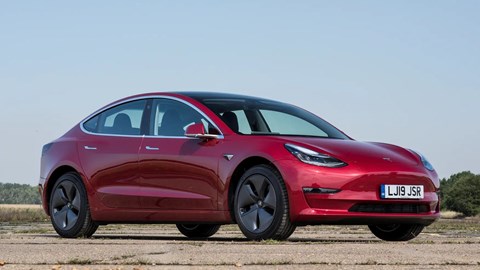
What’s more, it appears that the UK is one of the most expensive places to buy an electric car. Research from Confused.com revealed that the UK is the tenth most expensive country to buy a battery electric vehicle. This isn’t helped by the removal of the government’s Plug In Car Grant – meaning there are no longer any incentives to reduce their cost.
Running costs of EVs will typically be cheaper than for a petrol or diesel car, and it’s worth working out exactly what you’ll save in the long run before you dismiss buying an electric car. It’s not all about the purchase price, so be sure to consider the annual VED road tax bill, the likely fuel savings and – especially – any benefit-in-kind tax if you will be running your battery vehicle as a company car.
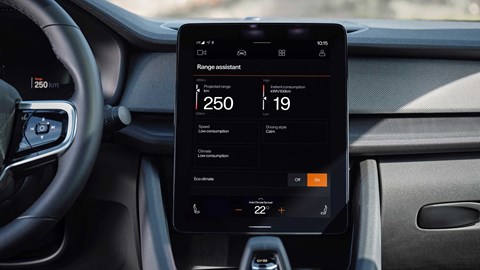
Range
If price is the first barrier of entry to EV ownership, range – and the perceived lack of it – has to be a close second. Range anxiety is still a factor for many motorists in 2024, though the actual range of most electric cars has moved on considerably in recent years.
Cars such as the Mercedes EQS 450+ can travel a WLTP-rated 453 miles between charges (London to Glasgow with around 40 miles to spare) and even the cheaper EVs like the Hyundai Kona Electric can now squeeze 300 miles out of their integrated batteries. With that in mind, it’s worth casting your eyes over our longest range EVs guide to get a better idea of what they can do in 2024.
More important, however, is to consider the number of miles you’ll do per day, per week – or even per month. When paired with a home charger – or local public power point – most EV owners rarely approach the upper limits of their range, or they charge less frequently in public than you’d expect.
Our advice? Tot up your most common journeys – and your longest – and you’ll see just how feasible having an electric car could be.
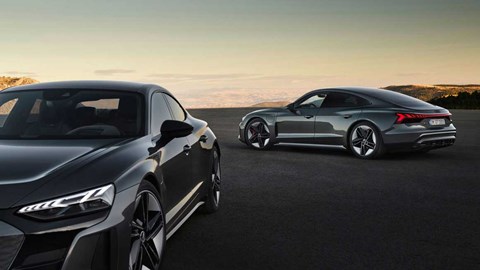
Running costs
EVs provide environmental benefits thanks to their lack of tailpipe emissions, but they also provide a substantial saving in running costs, if your energy bills haven’t jumped too high since the cost-of-living crisis. The gap between electric refuelling costs and fossil fuel bills has narrowed significantly in 2024, so check your domestic charging rate to calculate the likely charge for topping up the battery at home.
While charging costs have risen in recent months, don’t forget that servicing and maintenance of electric cars should be more affordable, as they have fewer moving parts and should cost less to service.
Check our EV running costs article above, and you’ll see just how cheap an electric car can cost to run, especially when compared to its petrol or diesel-engined counterparts. The only catch? As we’ve already mentioned, EVs cost more to buy in the first place – so you’ll be paying a premium up front.
Charging times
When you do have to top up the battery, you’ll want to do it as fast as possible. Charging an EV still isn’t as quick as refuelling a petrol, diesel or hydrogen car – but topping up an electric car is gradually speeding up. For example, according to research by Leasing Options, the quickest charging car is the Fiat 500e, which takes 24 minutes. Of course, that’s only 81 miles added in that time, so remember: the bigger the battery, the longer it takes to charge.
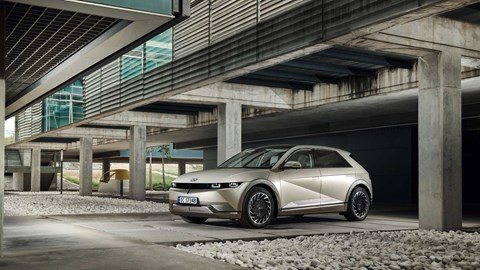
For more miles, but longer charging time, the Mini Electric gives you 105 for just 30 minutes of charging.
Small EV charging costs
| | | | Charge cost (£) | Cost per mile (p) | Miles added | kWh added | Real-world electric range (miles) | Charge time (minutes) |
|
1
|
Fiat
|
500 Hatch
|
5.76
|
7.1
|
81
|
19
|
101
|
24
|
|
2
|
MINI
|
Electric
|
7.82
|
7.5
|
105
|
26
|
131
|
30
|
|
3
|
Honda
|
e
|
8.52
|
8.3
|
103
|
28
|
129
|
36
|
|
4
|
Mazda
|
MX-30
|
8.52
|
9.1
|
94
|
28
|
118
|
36
|
|
5
|
SEAT
|
Mii Electric
|
8.83
|
7.2
|
122
|
29
|
153
|
36
|
What type of electric car to buy?
If you’re warming to the idea of an electric car, it’s worth working out what sort of vehicle type you’re after. In 2024, EVs come in all the same shapes and sizes as normal cars; from SUVs and small city runarounds to seven-seaters and even sports cars.
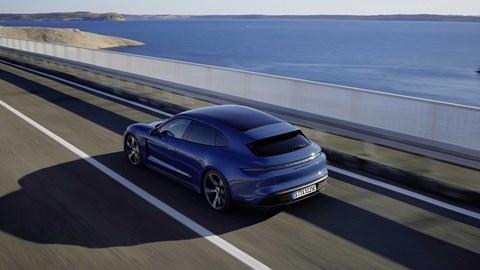
If you’ve a family in tow, we’d recommend some of the larger electric SUVs, like the Audi e-Tron and Mercedes EQC, and if you’re looking for performance and style something like a Porsche Taycan or Audi e-Tron GT should be at the top of your list. Lastly, if you’re after a more all-purpose vehicle, investigate cars such as the Honda e, Kia EV6 or Tesla Model 3.
Once you’re decided what sort of EV you want to buy, browse our buying guides based on each car type below:
New or used or lease?
Electric cars are expensive new, and huge savings can be had if you go for a used model. As you’d expect, there’s a little stigma around electric cars; mainly due to worries over battery lifecycles – but we’ve done the research and found several great picks in the electric secondhand market. You can read our best used EVs guide here.
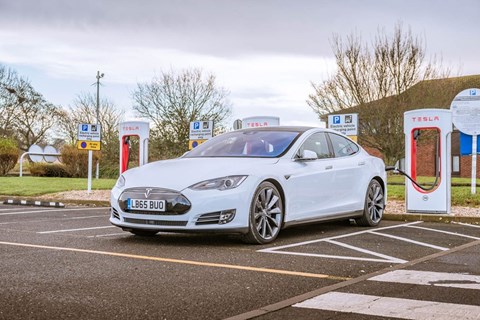
One thing to bear in mind, though. Such is the pace of development around EVs, that older used cars won’t have anything like the headline stats and range figures you see in brand new cars such the Hyundai Ioniq 5.
Leasing represents a third, and increasingly popular, option for prospective EV buyers. According to Leasing.com, demand for EVs rose by 106% last year, outperforming diesels. And BEVs rose by 101% in terms of interest, accounting for 16% of all the company’s inquiries.
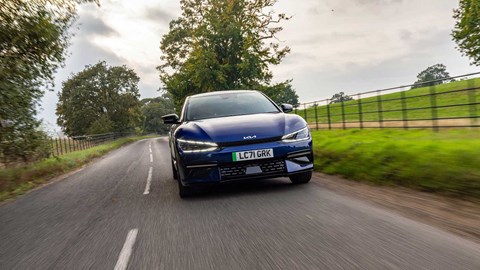
Verdict: should you buy an electric car in 2024?
Ultimately, only you can decide if it’s time to buy an electric car – as only you know your usage habits and budget.
If an EV is in your price range, and range isn’t going to be a problem based on typical journeys, getting an electric car is a great idea. Not only is it cheaper to run, but it’s also eco-friendly, usually nippy – and a way to futureproof your transport solution for years to come.
Things will only get better in our view; EV infrastructure is being improved all the time, so chargers will become an increasingly common sight at Britain’s service stations and high streets.
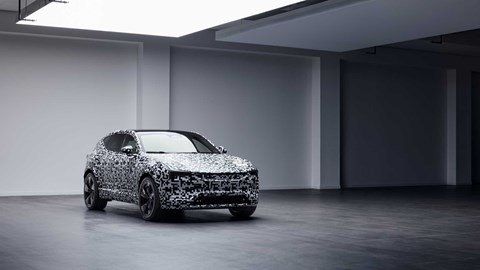
However, if the numbers don’t add up, or you’ve still got doubts – why not wait for an even more advanced electric car in the future – or simply pick a hybrid car as a compromise for the time being?
A neat stepping stone between electric and petrol, the best hybrid cars offer many of the benefits you get with EVs, but also have the range and ease of use of a traditional ICE engine.
Electric cars are getting better and better, but there’s no rush: not everyone can afford to be an early adopter and it might be the right call to wait until the technology improves, prices fall and the charging infrastructure expands.